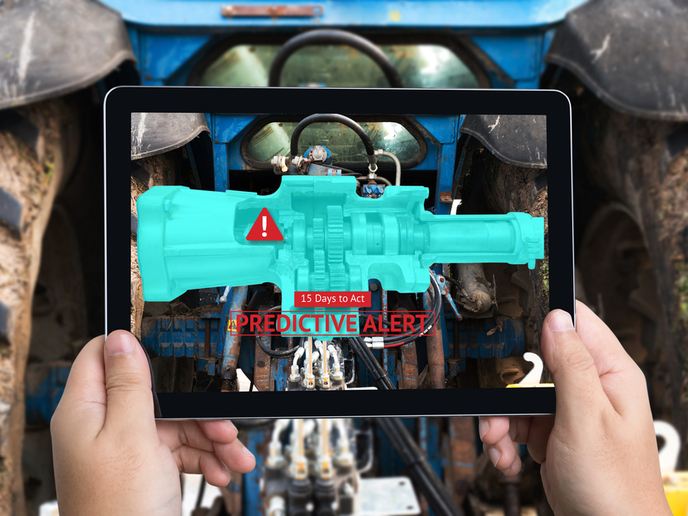Nanotech points to the future of artificial digits
The finger pad is an extremely complex system due to the special characteristics of the contact mechanics associated with the fingerprint ridges and the large number density of sweat glands that are located on these ridges. The EU-funded project ‘Nano-engineering biomimetic tactile sensors’ (Nanobiotact) explored the application of finger pad technology for the development of prosthetic fingers. The main aim was to develop a biomimetic tactile sensor for incorporation in the finger pad of an artificial finger. To achieve this, scientists had to understand how human mechano-receptors work and what they are influenced by, as well as delineate the process of human touch. Project partners initially investigated the neurophysiological and psychological parameters affecting texture perception in healthy and sensory impaired participants. They also looked into the influence of skin friction, the state of hydration of the finger pad and lubricants of different viscosities. Using advanced psychophysics procedures, scientists were able to estimate thresholds for roughness and vibration discrimination, hydrophobicity and hydrophilicity, as well as porosity of the tactile surface. In order to determine the mechanisms underlying texture discrimination, a group of volunteers of various ages was subjected to stimulation with different types of surfaces, and their responses were recorded. Stimulus parameters such as surface texture, normal force or sliding velocity across the fingertip were explored. Based on study results, the Nanobiotact project developed a Micro-three-axis-force (MicroTAF) sensor to detect the external force applied. The consortium also developed artificial fingerprints in order to achieve spectral selection and amplification of tactile information as in the human finger. Nanobiotact conducted original research leading to the creation of a sensor that mimics the spatial resolution and sensitivity of the human finger pad. Dissemination of this novel technology into industry will benefit patients with impaired neurological function and improve quality of life.







